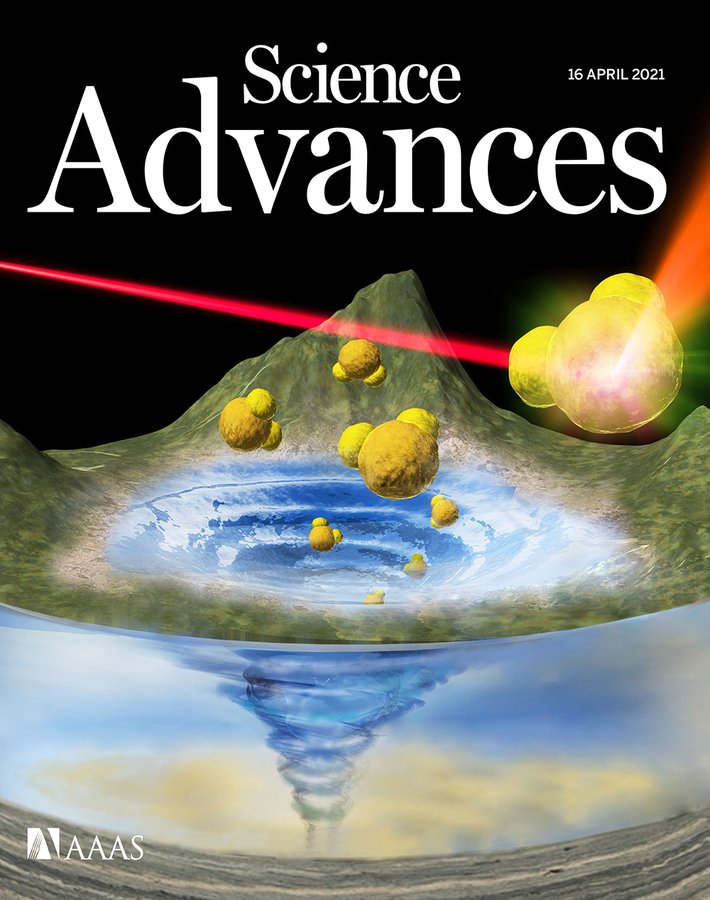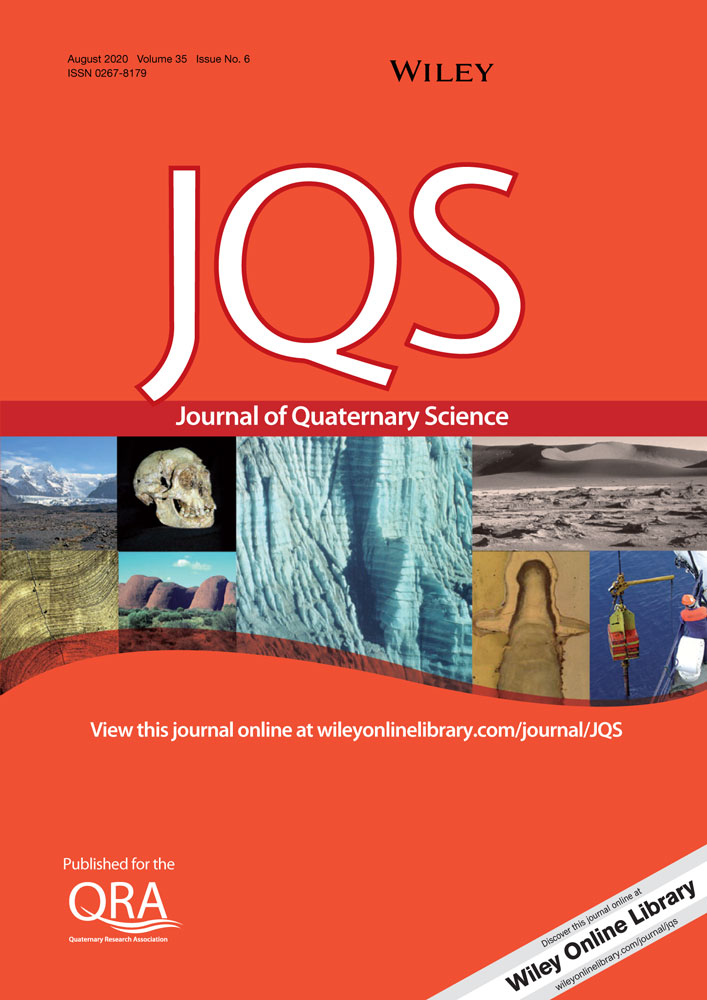Archaeological Research in Asia June 2021
Middle Holocene hunter–gatherer mortuary practices in the Little Sea microregion on Lake Baikal, part I: Early Neolithic
Goriunova OI, Novikov AG, Turkin GV, Weber AW
Archaeological research on Cis-Baikal Early Neolithic mortuary practices has traditionally focused on the Kitoi mortuary tradition with its rich materials known from several large cemeteries of the Angara Valley and Southwest Baikal. Assemblages that do not fit that description have attracted much less attention. Currently, in Cis-Baikal, the Little Sea microregion has the highest number of such graves. The mortuary variation displayed by this material (31 burials from 26 graves at 8 localities) allows their provisional classification into [...]





